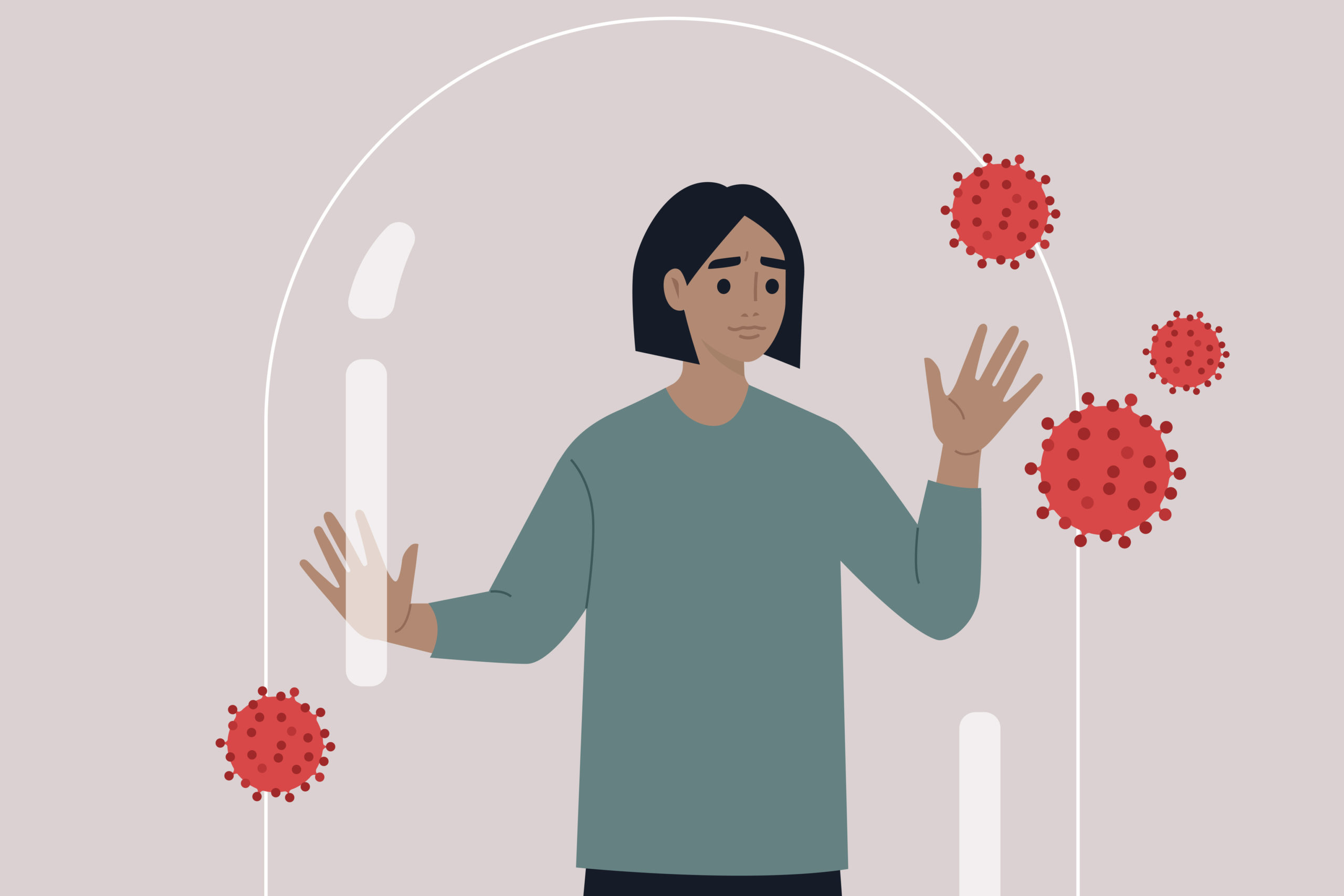Ageing is an unavoidable part of life and something that can underpin every part of it, but we are also living in a time where people live for longer. This means that the definition of age in society is very different now from where it was even ten years ago.
Over 20th century, life expectancy has increased by about 10 years per generation. This means that a 60-year-old today has the same mortality rate as a 50-year-old in 1950. So when they say the 50’s are the new 40’s perhaps they are right! Mortality rates are declining so it also means that the definition of old age is changing. Essentially, these days we are younger for longer.
We Have More Time
Ageing is so closely connected with our sense of impending mortality. It inevitably focuses us on the end of our lives. But with the definition of age changing, it means that the end of life is seen as a lot later than it used to be. Our relationship with time changes when we have more of it.
This increase in life expectancy has already changed the way we experience the earlier phases of the lifecycle. Adolescence now extends into your 20s. Young adulthood is characterized by a period of exploration and discovery, free from responsibilities like marriage and parenthood. With a longer second half our lives, our 40’s and 50’s can become a time of reinvention and rediscovery in anticipation of it. It is no longer nearing the end of life, but a time to continue to create our own identities and come to terms with our past mistakes and misfortunes. When we get divorced in midlife, we still feel young enough to go out and grab what we want.
The more we see ageing in a different way our society follows. It forces governments and corporations to rethink education, retirement and pension policies, as well as employment practices. So its time to stop thinking about age chronologically, but instead as biological, based on an individuals physical and mental characteristics.





